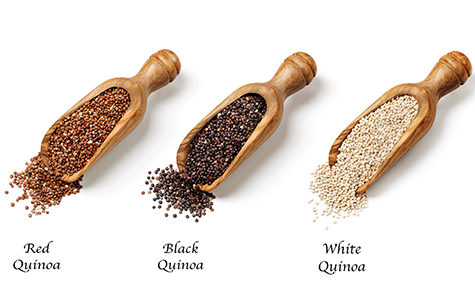 If improving your eating habits for brain health means following a more plant-based or Mediterranean-style diet, you may want to get familiar with quinoa. Pronounced “KEEN-wah,” this superfood, which has become very popular in recent years, packs so much nutrition in its tiny grain-like form. It is not a grain at all, though. Rather, it is the seed of a plant in the goosefoot family, which also includes spinach and chard
If improving your eating habits for brain health means following a more plant-based or Mediterranean-style diet, you may want to get familiar with quinoa. Pronounced “KEEN-wah,” this superfood, which has become very popular in recent years, packs so much nutrition in its tiny grain-like form. It is not a grain at all, though. Rather, it is the seed of a plant in the goosefoot family, which also includes spinach and chard
So, why has this ancient food of the Andes rocketed to superfood status?
It is a complete protein. This makes it ideal for vegetarians, vegans or anyone who simply wants to eat less meat and meat products. Quinoa contains all nine of the essential amino acids the body needs but cannot produce. They must be obtained through food.
It contains many nutrients. Quinoa is high in fiber, which can help prevent heart disease and diabetes by lowering cholesterol and glucose levels. It is rich in iron, which keeps our oxygen-carrying red blood cells healthy, supporting brain health. It also contains riboflavin (Vitamin B2), which keeps brain and muscle cells healthy.
It’s gluten-free. Though it looks and feels like a grain, it’s not, making it a nice option for those trying to reduce or eliminate gluten in their diet.
It’s versatile. Incorporating quinoa into your diet is easy. Sprinkle it on salads, blend it into smoothies, bake it into muffins, or make it the star of the show by mixing it with beans, vegetables and spices for dinner or with fruit and nuts for breakfast. The possibilities are endless. Check out this quinoa recipe: Recipes for Brain Health: Crunchy Quinoa and Apple Salad
What you eat can have an impact on lowering your risk for Alzheimer’s disease and other neurological disorders. Find more brain-healthy recipes at healthybrains.org/recipes and re-visit your “nutrition pillar” score at HealthyBrains.org.









